The development of solar power, which has recently been strongly stimulated by the fall in the cost of PV components, faces a new challenge. In areas where high solar radiation is guaranteed, the need for new power generating capacities is not so high so there appears or already exist infrastructure and other restrictions on the construction of new PV stations. At the same time, on the places where the solar generation still contains white spots on the map, it is difficult to appreciate the attractiveness of the location of the PV project and choose a promising business model for it. To solve this problem solar simulators are called.
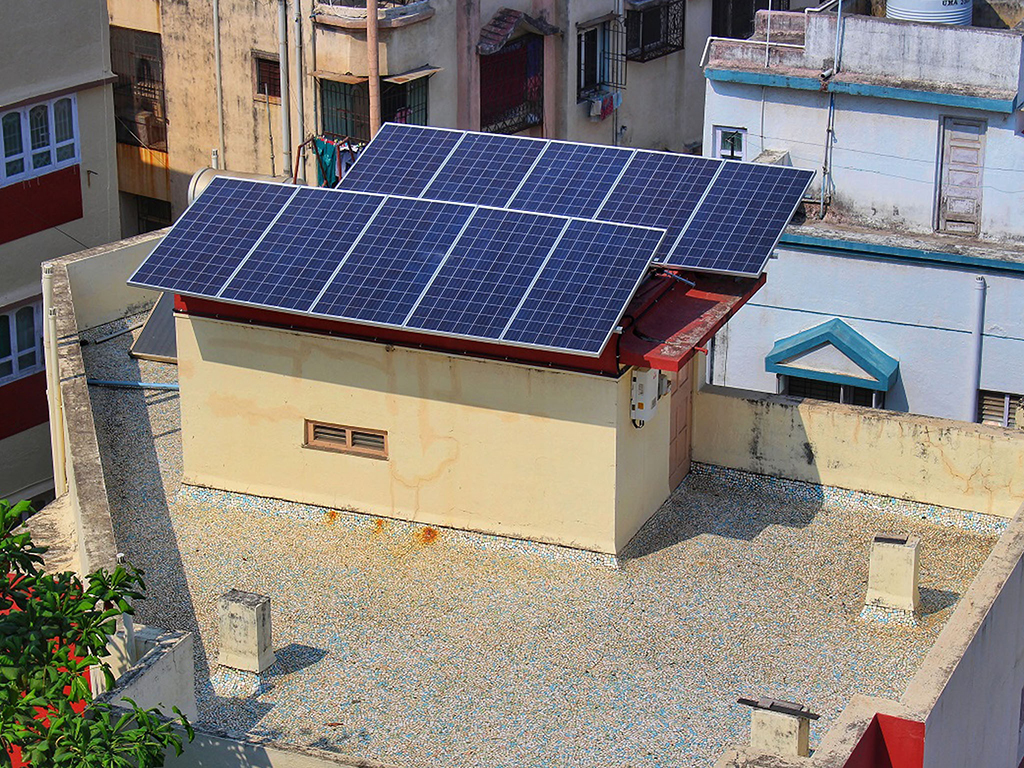
Unmet need
Under conditions where the economic component for implementation of PV projects becomes more attractive and innovative technologies are widely implemented for operational measurement and energy demand, microchains are improved and autonomous solutions become cheaper,the new challenges for investing in the PV sector are emerging. At the same time there are opposing trends. Large corporations are the first to master the great places that are attractive in terms of the impact of the sun / energy / income on large-scale projects, which may no longer have additional energy consumers in the near future, or abandon all existing local infrastructure (network) capabilities, that is, artificially restricting the access of new entrants to PV-business. On the other hand, where is a need for additional generation, penetration of PV installations causes certain objections based on actual efficiency (energy and financial) achievable at the observed location, which also limits the attractiveness of investment.
For example, urban electrical infrastructure mosty needs to neutralize peak loads in the summertime, when there is a need to turn household and industrial air conditioners and coolers on. Having a look at the fact that municipal energy costs precisely match the peak generation from solar installations, the attractiveness of using PV panels placed on roofs or walls of city houses (BIPV) seems logical. However, on which surfaces exactly, which buildings, how many and how the capacities can be set up in order to obtain an effective and profitable investment project as a result, the answer to this question requires careful calculations, which take into account, first of all, the complex relief and the interaction of surrounding objects.
The global urgency of PV support for sustainability of energy supply where there are temporary disruptions due to overload of the network has been confirmed by the IRENA agency. In its issue «Solar simulators: Application to developing cities»,which dates back to 2019 the figures of direct losses for local businesses are reported as a result of power outages due to network overload: – 8% in African countries, the Middle East – up to 5.9%, in the countries of East Asia and in the Pacific (with Australia inclusive) – 3%. On the average, for developing countries: – 4,7%. At the same time, in the EU countries, where the infrastructure is more stable, the direct costs of irregular power outages do not exceed 1%.
A similar problem affects the development of a new PV business in out-of-town or industrial locations. In mountainous and forest areas, you must look for the slopes that are located most optimally, and even take into account the height of the trees. Similar problems are also encountered for the new individual construction during the renovation of existing housing (the influence of shadows from trees with its direction and angle of roofs, etc.). To solve and calculate the most suitable location for PV projects, which also takes into account other local factors (the need and opportunities for selling PV-energy to the external network, the capacity of the network infrastructure up to the specifics of local conditions of financing or benefits, etc.), there are currently specialized software complexes – so-called solar simulators.
Varieties and functions
The IRENA agency emphasizes that it is the best time to make a significant progress in developing the city’s PV structure. However, municipal planners and business structures must rely on trustworthy geolocation and local economy data, which will allow to design an optimal investment project.
Of course, calculations begin with an assessment of the solar potential on surfaces that can be used for built-in home (BIPV) or roof PV panels. There are three methods for doing it:
- Sampling method: based on the selected area of a small area, detailed calculations are carried out, where these data are approximated to the entire urban development.
- Methodology of multidimensional sampling: the achievable area of the test site correlates with the density of the population living in houses of a certain type and approximates to the total number of urban population.
- Continuous census method: statistics on reachable areas, population, proportions between housing, commercial and industrial buildings, the need and nature of energy consumption, accompanied by the complete 3D model of the city, are fully met.
In addition to the chosen method, the level of complexity of solar stimulants varies considerably. Approximately half of them are focused on assessing the potential of solar lighting, the other half – on the assessment of technical capacity and generation schedules. Difficulty also differs in the completeness of the calculations: some are able to count only statistical maps, others – to evaluate the technical potential by fixed indicators, the most developed systems can interactively simulate different situations while changing input on relief, consumption or financial component.
According to IRENA, the level of complexity of solar cadastres differs from the basic (by levels of irradiation), the average (indicates the most technically suitable for PV projects of the site) to the advanced (additionally takes into account financial factors and assessment of the investment profitability).
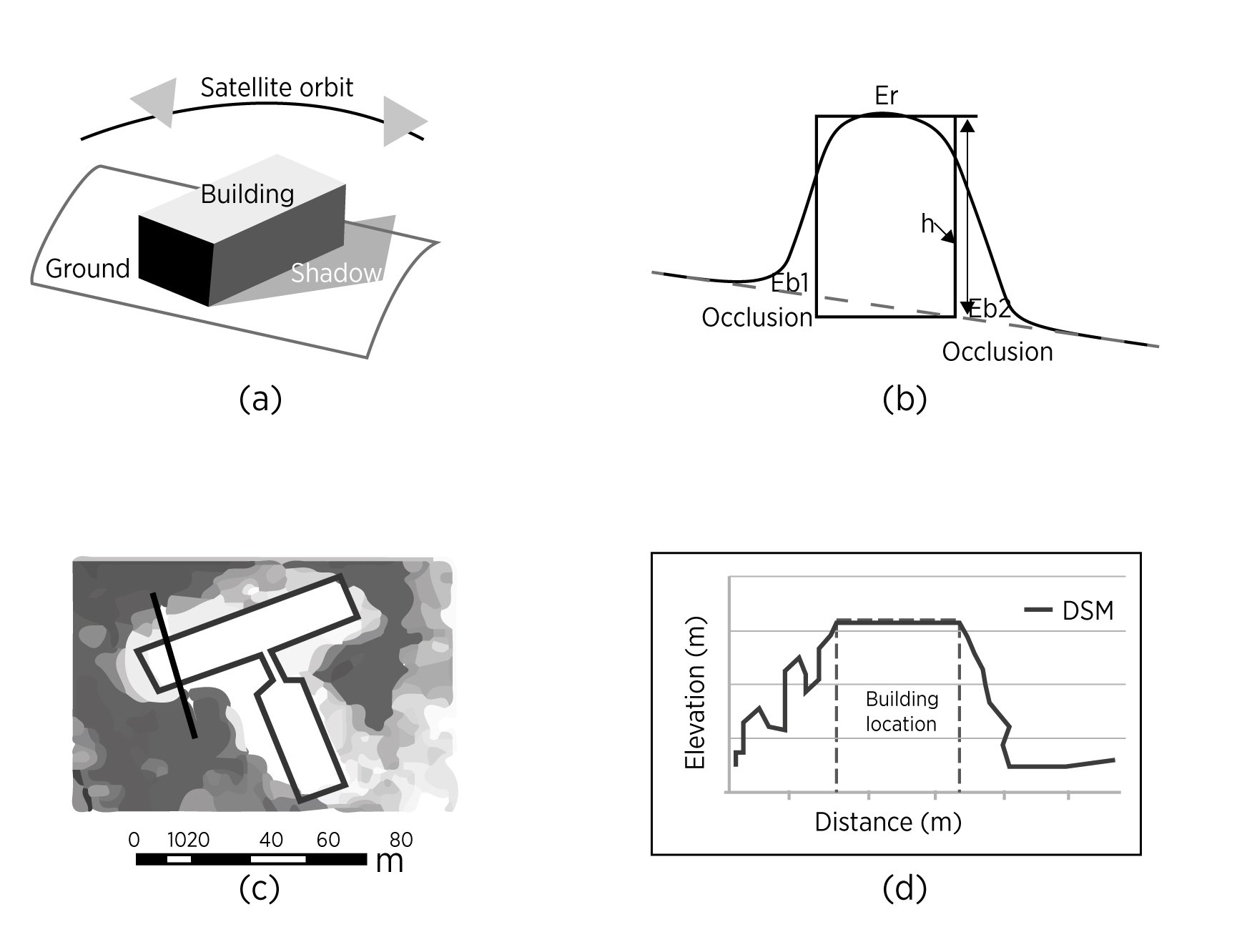
New cloud-based online products provide new features:
- Calculation with the specific targets.
- Development of business policy: the purpose is to develop reliable feasibility studies.
- Market development: support of the population, financial instruments and installing companies for expanded investments in the PV sector.
Modeling for targets is important at the stage of initial calculations. When business or municipal authorities ensure local solar potential, options for a business policy and related tariff scenarios are assessed, an informative solar cadastre is created as a knowledge base. Such cities may receive support from their plans through the Integrated Approach Pilot Program (SCIAPP) with the support of the Global Environment Facility (GEF); Global Platform for Sustainable Cities World Bank (WBGPSC); International Council for Local Environmental Initiatives (ICLEI, 1500 members); The World Covenant of Mayors, 7700 cities, and so on. The development of the market through advanced Internet platforms is due to the selection of the most suitable for implementation of projects, and also on the basis of opportunities to influence the peak demand, that is, the balancing of local networks. First of all, solar simulators should take into account the features of the relief based on the detailed 3D model of each individual building and the Digital Elevation Model (DEM), see Fig. 1. The implementation of such models is mainly based on very expensive calculations based on LIDAR technology (Light Identification Detection and Ranging), and data on sharp differences in heights on local objects. For example, LIDAR’s DEM build-up for a city in the range of 20 to 30 km2 may cost several million dollars. The technology is based on the comprehensive optical reflection of vertical reflection from roofs (DNI), diffuse shading on the horizontal (DHI), and reflection from the ground of irradiation of satellite images.
However, according to IRENA studies, there is a less expensive alternative, based on stereoscopy (photogrammetric methods, see fig. 2); besides, for the drafting of solar cadastres, even a high level of satellite images with a resolution not exceeding 50 cm, it critically reduces the cost of individual 3D models and eventually DEM.
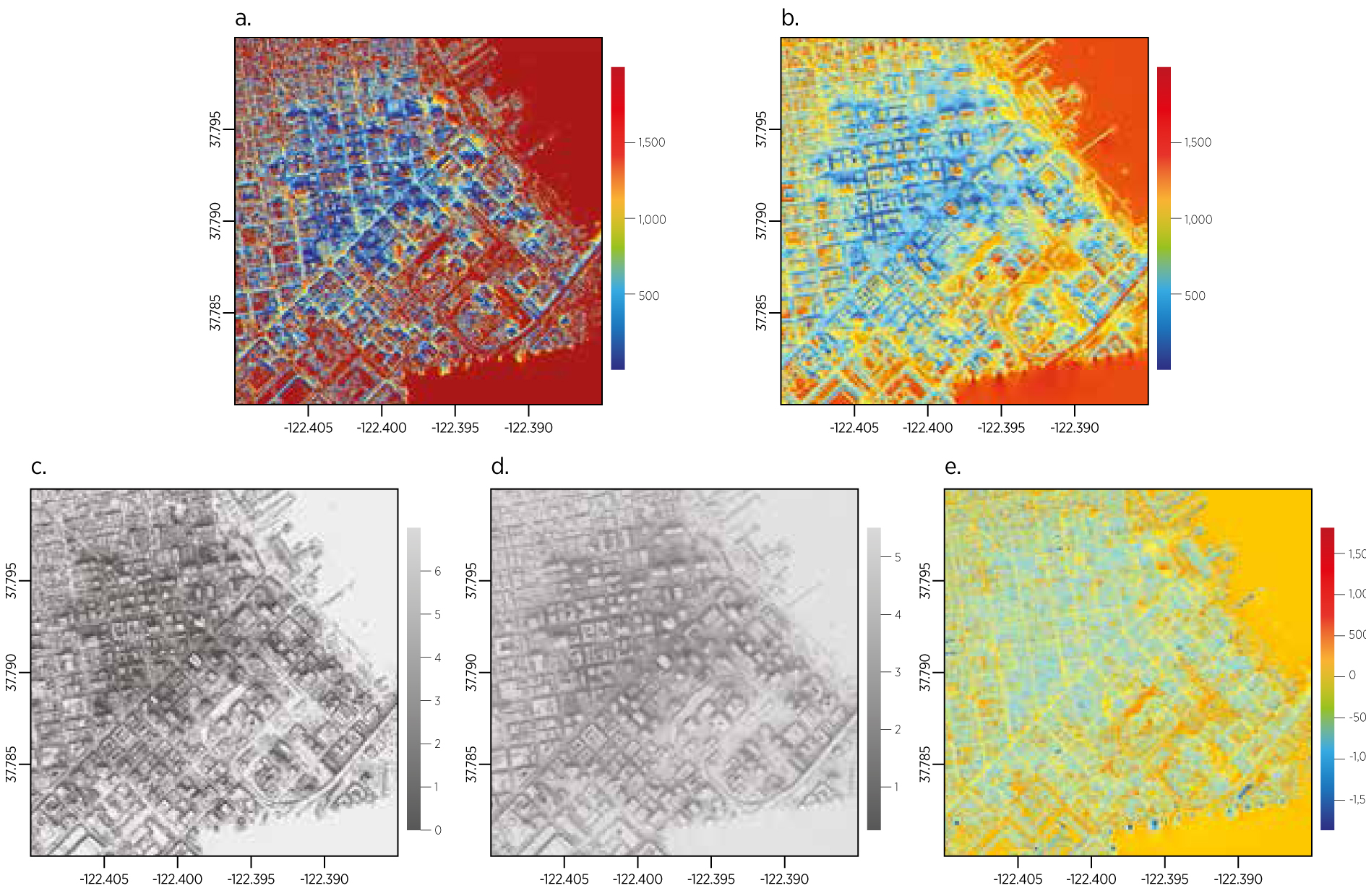
Choose of the solution
Of course, the existing solutions for solar simulators and the cost of developing a solar cadastre corresponds to the level of challenges faced by the municipal authorities and / or the business structure that draws up the project or conducts a comprehensive assessment of the local business opportunities for PV energy use. A typical algorithm for compiling the solar cadastre is shown in Fig. 3. In Fig. 4 it is explained how the shading is calculated over the course of a day and a year in general, which affects the overall technical generation potential.

Scenarios on which one can choose a suitable version of the simulator are divided into 4 cases:
- The basic scenario is a preliminary assessment of the use of roof PV-installations in the given place.
- Limited scenario – the main problem is the elimination of local peak disconnections in the least cost way.
- Expended scenario – to eliminate peak disconnections in the least cost, taking into account the construction of a new network infrastructure and connecting to new power plants.
- Sustainable scenario – inventing new opportunities for modern energy services, balancing energy networks, developing new business, local industry and implementing renewable energy recovery projects, providing renewable heating / cooling energy, covering the needs of an increasing number of electric vehicles, refusing to consume hydrocarbon energy, transit of RES etc.
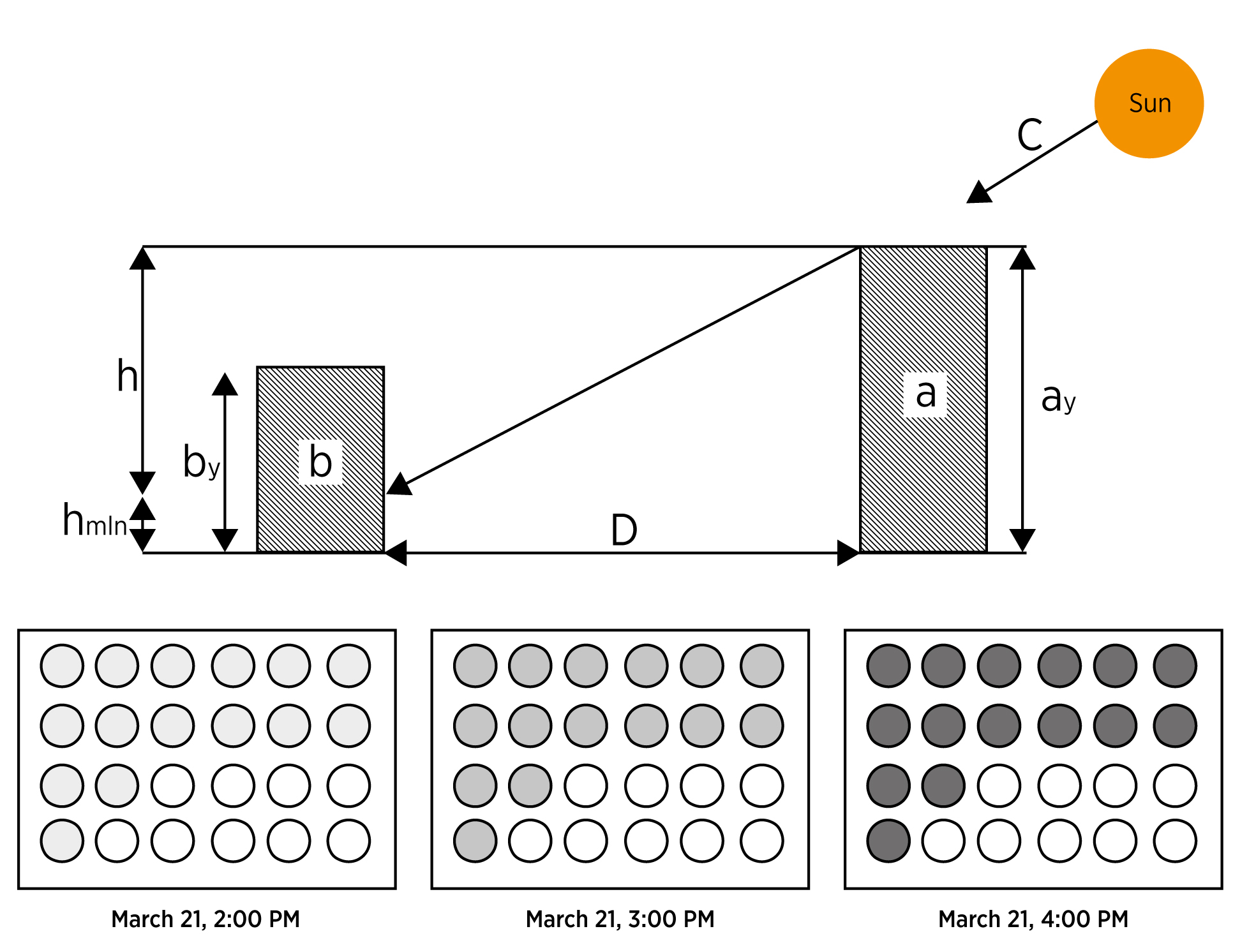
In the baseline scenario it is expected that PV-electricity will cover, at least in part, the growing demand for electricity. These simulators can take into account some financial factors, such as privileges, tariffs, or incentive taxes. The limited scenario is primarily aimed at eliminating unplugging issues compared to the use and cost of backup generators (LCOE PV solutions compared to traditional sources such as diesel fuel, gas, burning oil) and the expediency of energy storage devices (ESS). An expanded scenario should take into account promising plans for the development of the territories and its energy structure. The sustainable scenario mainly models the situation for the medium and long term, and together with the relevant financial factors, should take into account the prospects of changes in legislation, global trends, etc. – for example, the change in local demand for electricity associated with the distribution of electric transport.
Simplified simulators hourly use average models of solar irradiation for each day, see. Fig. 5, more advanced (but significantly more expensive) simulators are able to simulate the amount of solar energy in the hourly mode, taking into account the forecast data and weather statistics in the area during the relevant period (see publication “Tools for Solar Power Modeling“
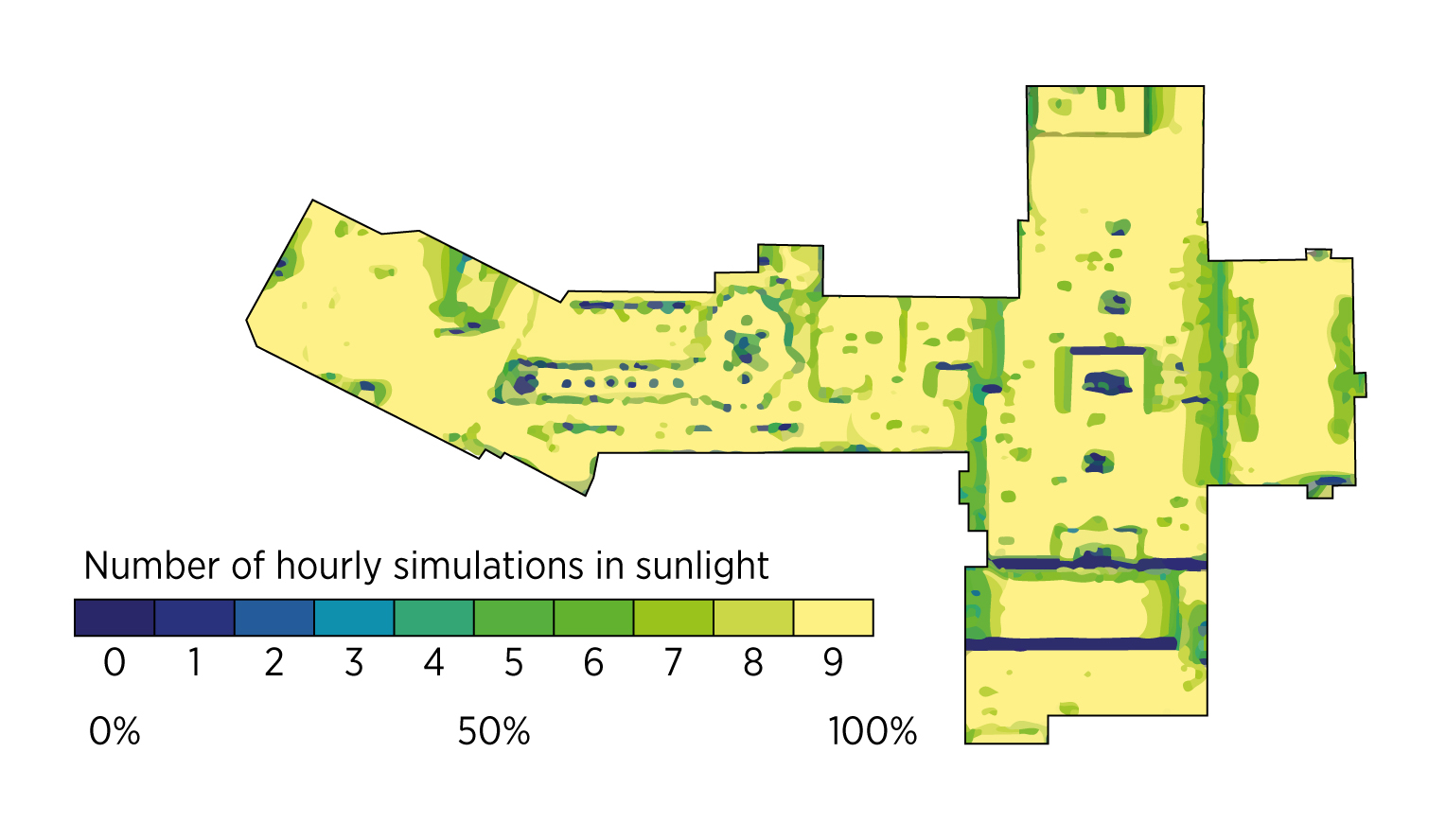
We draw attention that simulators can be used as an outsourcing service for large projects (territorial community and municipal level) and for small decisions – the level of enterprises, households and even individual dwellings (see online project IRENA Project Navigator, 2018), that is companies offering simulator settlements have a new and broad field for new business activities. Considering the possibilities of Ukrainian programmers, one can soon expect the appearance of solar simulators of national origin, which will take into account the regional peculiarities of Ukraine.